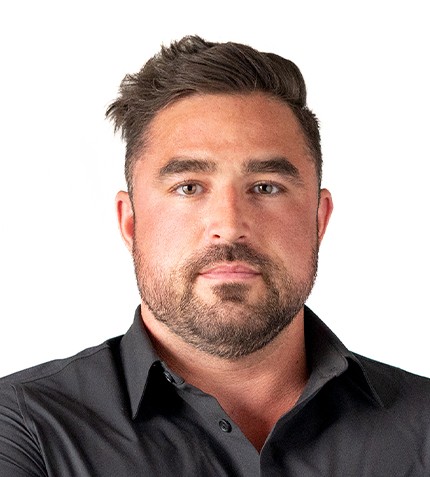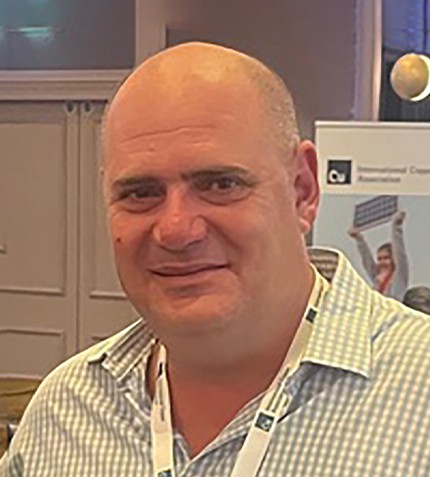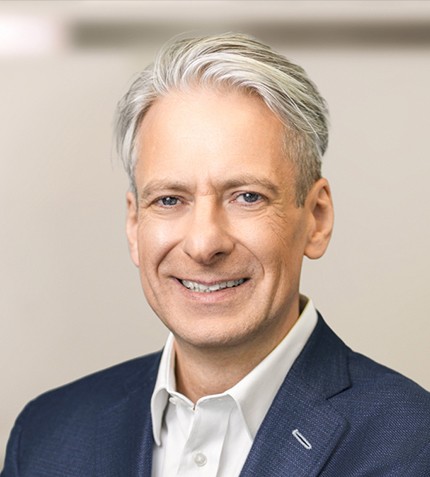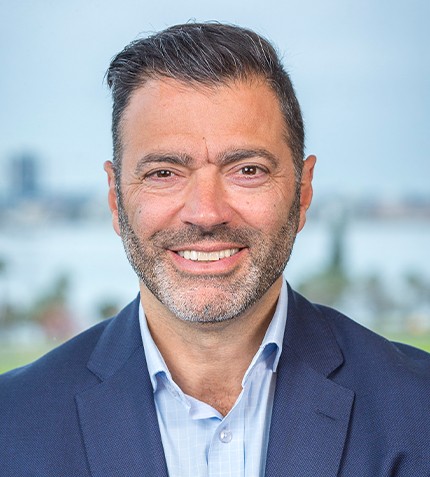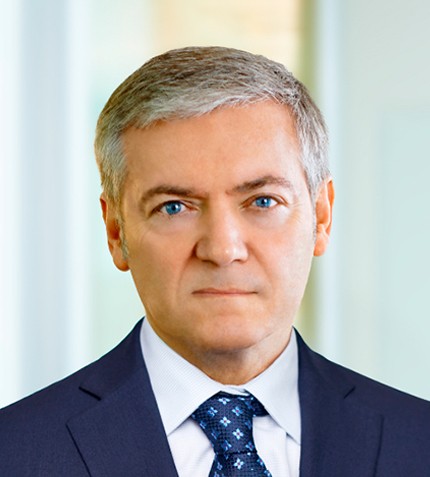
"Allied Gold Corp is the poster child of the ANS, with one of the most advanced, large-scale mining projects on this well-endowed geological feature."
Peter Marrone
CHAIRMAN AND CEO, ALLIED GOLD CORPORATION
Could you briefly introduce Allied Gold Corp?
Allied Gold is a mid-size gold-producing company with a production platform of between 375,000 to 400,000 oz/y of gold. However, our growth platform, both in terms of outputs and financial measures certainly punches above the weight class of a mid-tier: Our cornerstone assets, the Sadiola gold mine in Mali and the Kurmuk gold project in Ethiopia are world-class. Sadiola has a current guidance of around 200,000 oz/y, but once our plant expansion is complete, we can take it closer to 400,000 oz/y with an initial LOM of 19-20 years. Meanwhile, Kurmuk will start at between 250-300,000 oz/y for an initial LOM of 11-12 years out of the current Mineral Resource inventory of approximately 3.6 million oz, with immense exploration upside. I would not want to diminish the significance of our Ivorian assets, where we acquired two separate but adjacent mines, each with a production profile of roughly 90-100,000 oz/y.
Could you elaborate on the upside potential?
With the expansion of Sadiola and the development of Kurkmuk, we are positioned to reach 600,000 oz/y by 2026 and over 800,000 oz/y by 2029. By mid-2026, Kurmuk will become our largest producer, but once the expansion of Sadiola is complete, the two mines will compete neck to neck as the leading producer and cash generator for the company.
What is the plan for the Sadiola expansion?
Allied Gold struck a deal to acquire Sadiola from Anglo Gold and IAMGOLD during the pandemic. Historically, the mine produced almost exclusively from the oxide and some of the so-called transitional ore, but as the oxides depleted, the mine needs to be transitioned from processing oxide ore to harder fresh ore. Sadiola has an inventory of about 10.6 million oz of Measured and Indicated Mineral Resources mostly in the fresh ore, so in order to unlock this significant value, an expansion of the facilities is required. The expansion is two-phased: At the first stage, we will be upgrading the current plant by adding tertiary crushing and a grinding stage on the front-end of one of the current circuits or lines; for reference, this plant can currently treat up to a 20%-25% of the throughput coming from the fresh ore (the other 75%-80% coming from the oxides), but with the first stage completed, we can take this proportion closer to 50-60% effectively increasing overall throughput and increasing feed grade with the fresh ore. Stage two entails building a new plant to double the existing throughput to 10 million t/y with 100% of higher grade fresh ore in the feed. We will initiate the second expansion stage after we have had a few years of production from the first phase of expansion under our belt and after Kurmuk is in production.
Allied Gold Corp has signed a protocol agreement with the Malian government. Could you explain?
We took a sanguine look at this change on what this means for the economics of the project. Our position was that, instead of enforcing our rights within the existing convention available through 2037 and recourse to our arbitration or mediation clauses, we are better off finding a bonafide win-win between ourselves and the state to be able to move forward and develop more transparency and good faith. The agreement provides for the renewal of the mining permit for the Sadiola mine and the development of the Diba deposit, following the derogations of the new mining code (2023).
Allied Gold is a first mover and the largest player in Ethiopia. What can you tell our readers about operating in a country without an established mining industry?
Unlike many parts of the world, Ethiopia recognizes mining as one of its key strategic economic pillars. The country has used a model successfully employed by its Western peers and that is to develop the infrastructure first, knowing that demand will come. 97% of the country’s electricity comes from a hydro source, and the cost of power is very competitive: as part of our 20-year PPA, and in USD currency, we are paying 4 cents/kWh. By contrast, in Canada, the average power cost is 18 cents/kWh. Ethiopia also boasts an extremely attractive geology in the heart of the Arabian Nubian Shield (ANS) extending from Saudi Arabia into parts of Egypt, Eritrea, Sudan and Ethiopia. While in Saudi Arabia, the ANS is covered by a layer of sand, in Ethiopia and in particularly at Kurmuk, the mineralized areas are generally exposed, with extensive outcroppings; I do not exaggerate when I say there is gold everywhere. Allied Gold Corp is the poster child of the ANS, with one of the most advanced, large-scale mining projects on this well-endowed geological feature.




